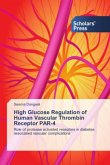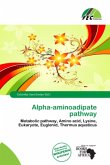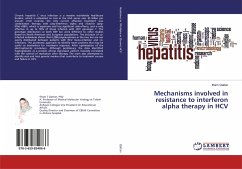Acetylcholine receptors (AChR) in the mammalian Central Nervous System (CNS) can be divided into muscarinic (mAChR) and nicotinic (nAChR) subtypes based on the ability of the natural alkaloids, muscarine and nicotine, to mimic the effects of acetylcholine (ACh) as a neurotransmitter. The nicotinic Acetylcholine Receptor (nAChR) is the major class of neurotransmitter receptors that is present in the CNS and mainly involved in many neurodegenerative conditions such as Schizophrenia, Alzheimer s and Parkinson s diseases. The nicotinic AChRs are superfamily of Ligand-Gated Ion Channels (LGICs) that form pores in cells, plasma membranes, mediating fast signal transmission at synaptic gorge (Itier and Bertrand 2001). The neuronal nicotinic AChRs are located at synapses between neurons, such as the CNS where they are involved in cognitive function, learning, memory, arousal, motor control and analgesia
Bitte wählen Sie Ihr Anliegen aus.
Rechnungen
Retourenschein anfordern
Bestellstatus
Storno








